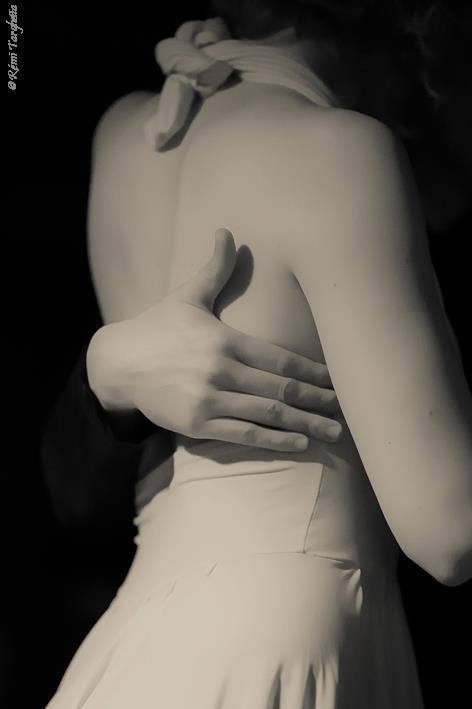 Whenever you try to dance, you do not notice that you perform movements created or instinctively seeking to follow a specific music. This move following a rhythm, a musical tone, is not always accepted or faithfully reproduced if taught, because there may be psychological barriers. Not only that, there are such people that certain rhythms, certain sounds, certain movements they feel inside, and others just refuse them, as things were not human. There are people who can dance a waltz, but invited to a dance-Boogie boogie stop just starting, as well as others that are able to dance any dance. Then there are people who are made to dance movements that not even they themselves know what to say or are running without knowing why they do it.
Whenever you try to dance, you do not notice that you perform movements created or instinctively seeking to follow a specific music. This move following a rhythm, a musical tone, is not always accepted or faithfully reproduced if taught, because there may be psychological barriers. Not only that, there are such people that certain rhythms, certain sounds, certain movements they feel inside, and others just refuse them, as things were not human. There are people who can dance a waltz, but invited to a dance-Boogie boogie stop just starting, as well as others that are able to dance any dance. Then there are people who are made to dance movements that not even they themselves know what to say or are running without knowing why they do it.
All this stems from a psychological barrier that does not allow the execution of certain movements following a music. (The sensuality of the Tango-2, continued)
 Ogni qualvolta si prova a ballare, non ci si accorge che si eseguono movimenti creati o istintivi che cercano di seguire una specifica musica. Questo muoversi seguendo un ritmo, un timbro musicale, non sempre viene accettato o riprodotto fedelmente se insegnato, perchè possono esistere barriere di ordine psicologico. Non solo, esistono per esempio persone che taluni ritmi, taluni timbri, taluni movimenti se li sentono addosso e altri proprio li rifiutano, come fossero cose non umane. Vi sono persone in grado di ballare un Valzer, ma invitate a ballare un Boogye-boogye smettono appena iniziano, così come altre che sono invece in grado di ballare qualsiasi danza. Ci sono poi persone che messe a ballare fanno dei movimenti che neppure loro stessi sanno dire che cosa siano o che eseguono senza sapere perchè lo fanno.
Ogni qualvolta si prova a ballare, non ci si accorge che si eseguono movimenti creati o istintivi che cercano di seguire una specifica musica. Questo muoversi seguendo un ritmo, un timbro musicale, non sempre viene accettato o riprodotto fedelmente se insegnato, perchè possono esistere barriere di ordine psicologico. Non solo, esistono per esempio persone che taluni ritmi, taluni timbri, taluni movimenti se li sentono addosso e altri proprio li rifiutano, come fossero cose non umane. Vi sono persone in grado di ballare un Valzer, ma invitate a ballare un Boogye-boogye smettono appena iniziano, così come altre che sono invece in grado di ballare qualsiasi danza. Ci sono poi persone che messe a ballare fanno dei movimenti che neppure loro stessi sanno dire che cosa siano o che eseguono senza sapere perchè lo fanno.
Tutto questo deriva da una barriera psicologica che non permette la esecuzione di taluni movimenti seguendo una musica. (la sensualità del Tango-2, continua)
No comments:
Post a Comment